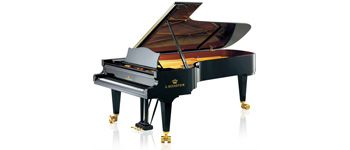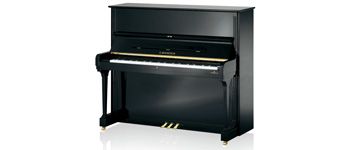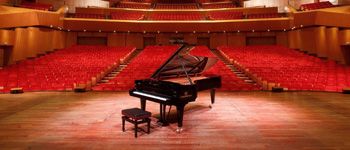Voicing
Voicing is the art of shaping a piano’s voice by regenerating the felt that covers the hammerheads. Within certain limits, this maintenance operation can adapt the dynamic range, the tone color and various other voice parameters to your personal taste and the room where you have placed your piano.
Why is voicing necessary?
Over time, the repeated striking of the hammerheads on the strings compresses the felt, so that the sound produced by the instrument becomes harder and less nuanced. On the contrary, excessive humidity swells the felt, so that the sound becomes limp and less dynamic. As such changes do not affect all hammerheads identically, the final result is also an unbalanced sound.
Make sure you commission a qualified piano technician
Using the proper tools, an experienced and qualified technician can reverse the effects of these changes by regenerating the felt of the hammerheads. As voicing is an important maintenance operation, we recommend a yearly voicing, whereby the interval may vary depending on your needs and the way you use your piano. The fine art of voicing requires not only excellent technical skills, but also a wealth of experience. The hammerheads are crucial action parts, and the voicing technician uses special needles that he or she inserts with a special technique into the felt to recover its original elasticity and thus provide your piano with the optimal voice.
C. Bechstein has many years of experience in voicing
The authorized C. Bechstein technicians have extensive practical experience in voicing. After all, anyone who regularly tunes large concert grands for professional pianists certainly has the required expertise to practice the fine art of voicing on any upright or grand piano.




















